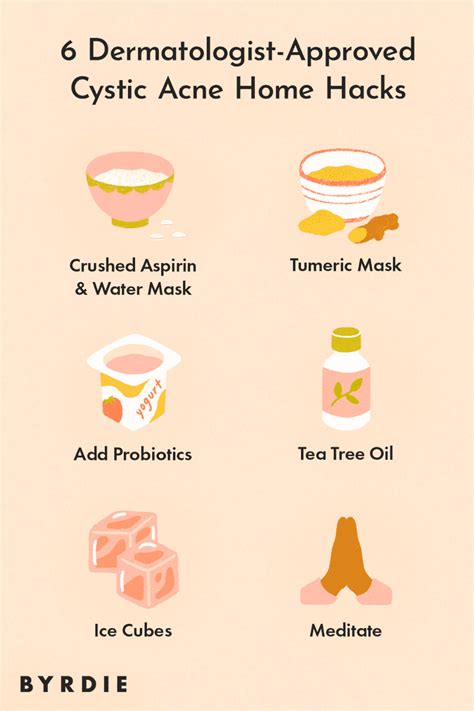How to Get Rid of Cystic Spots: A Comprehensive Guide
Cystic acne, characterized by large, painful, pus-filled bumps beneath the skin's surface, can be incredibly frustrating. Unlike regular pimples, cystic spots often require a more targeted approach. This comprehensive guide will explore effective methods to treat and prevent these stubborn blemishes.
Understanding Cystic Acne
Before diving into treatments, it's crucial to understand what causes cystic acne. While the exact cause isn't fully understood, several factors contribute:
- Hormonal fluctuations: Hormonal imbalances, particularly during puberty, menstruation, or pregnancy, can trigger excessive sebum production, leading to clogged pores and the development of cysts.
- Genetics: A family history of acne significantly increases your risk of developing cystic acne.
- Bacteria: The bacteria Cutibacterium acnes (formerly known as Propionibacterium acnes) plays a role in inflammation and infection within the cysts.
- Inflammation: Cystic acne involves significant inflammation, contributing to its size, pain, and longevity.
Effective Treatments for Cystic Spots
Several treatments can effectively address cystic acne. Remember to consult a dermatologist for personalized advice, as the best approach depends on the severity of your condition and your individual skin type.
1. Over-the-Counter (OTC) Treatments
While OTC treatments might not completely eradicate cystic acne, they can help manage mild cases and prevent further breakouts. Look for products containing:
- Benzoyl peroxide: This ingredient kills bacteria and reduces inflammation.
- Salicylic acid: This beta-hydroxy acid helps exfoliate the skin, unclogging pores and preventing future breakouts.
Important Note: Avoid harsh scrubbing or picking at cystic spots, as this can worsen inflammation and lead to scarring.
2. Prescription Medications
For moderate to severe cystic acne, a dermatologist may prescribe stronger medications, including:
- Topical retinoids: These vitamin A derivatives increase cell turnover, unclogging pores and reducing inflammation. Examples include tretinoin and adapalene.
- Oral antibiotics: These medications help control bacterial growth and reduce inflammation. Commonly prescribed antibiotics include tetracycline and minocycline.
- Isotretinoin (Accutane): This is a powerful medication reserved for severe, treatment-resistant cystic acne. It carries potential side effects, so careful monitoring by a dermatologist is crucial.
3. Professional Treatments
Dermatologists offer several in-office treatments to target cystic acne:
- Cortisone injections: These injections reduce inflammation and shrink the cyst quickly.
- Chemical peels: These treatments exfoliate the skin, promoting cell turnover and reducing breakouts.
- Light therapy: Specific wavelengths of light can kill bacteria and reduce inflammation.
Preventing Future Cystic Spots
Preventing cystic acne involves a holistic approach:
- Gentle Cleansing: Wash your face twice daily with a gentle, non-comedogenic cleanser.
- Avoid Touching Your Face: This prevents the transfer of bacteria and oils.
- Healthy Diet: While the link isn't definitive, some studies suggest a diet low in processed foods and high in fruits and vegetables can improve skin health.
- Stress Management: Stress can exacerbate acne, so incorporating stress-reducing techniques like exercise or meditation can be beneficial.
When to See a Dermatologist
If you're struggling with persistent or severe cystic acne, it's essential to consult a dermatologist. They can diagnose your condition accurately and recommend the most effective treatment plan. Don't hesitate to seek professional help – early intervention can prevent scarring and significantly improve your skin's health.
Disclaimer: This information is for general knowledge and does not constitute medical advice. Always consult a dermatologist for personalized advice regarding your skin concerns.
